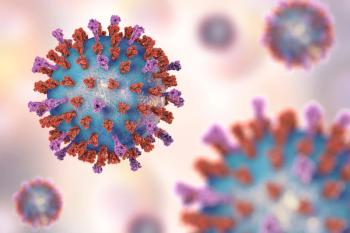
Truvada Use as Needed May Prevent HIV Transmission
Taking drug around periods of sexual activity lowers transmission rates.
The consistent use of a prominent antiretroviral drug may help lower the rate of HIV transmission in sexually active individuals.
A study published in the New England Journal of Medicine found high-risk people who took Truvada were 86% less likely to become infected with HIV than individuals who took a placebo.
"The medication was taken as needed around periods of sexual activity. All study participants received regular HIV and STD prevention counseling and services, and stocks of condoms and lubricant," said researcher Dr. Cécile Tremblay of the University of Montreal and the CHUM Research Centre. "Indeed, this research looked specifically at men and transgender women at high-risk of HIV transmission, which we defined as persons having had unprotected anal sex with two or more different partners within a 6-month period. This study clarifies the role Truvada can play in protecting this population."
Among 201 patients studied in the placebo group, 14 became infected with HIV compared with 2 individuals out of 199 in the Truvada group.
As part of the study, patients were provided with enough doses of Truvada to take a pill each day through the length of the study. Patients were further instructed to take 2 pills prior to sexual intercourse, a third pill 24 hours after, and a subsequent fourth pill another 24 hours later.
If sexual activity happened more frequently, patients were told to take a pill each day, in addition to 2 post-exposure pills.
"Interestingly, participating in the study did not influence the participants' sexual behavior," Dr Tremblay said.
The study was limited, however, as a result of the short study duration and the fact that medication adherence typically falls over time.
Due to previous findings that showed some efficacy from daily use of Truvada as a preventative agent, taking the drug as needed may help boost adherence to increase the chance a patient can gain the maximum benefit from it.
"In both groups, participants took a median of 15 pills per month, demonstrating that they felt able to judge when the medication needed to taken," Dr. Tremblay said. "However, 28% of the participants did not take the pills at all and a further 29% took them at a suboptimal dose. Indeed, the two people in the medication group who became infected had not medicated themselves. Ensuring support for long-term adherence to the medication regime will be one of the challenges of working towards successful prevention amongst at-risk people."
Newsletter
Stay informed on drug updates, treatment guidelines, and pharmacy practice trends—subscribe to Pharmacy Times for weekly clinical insights.




